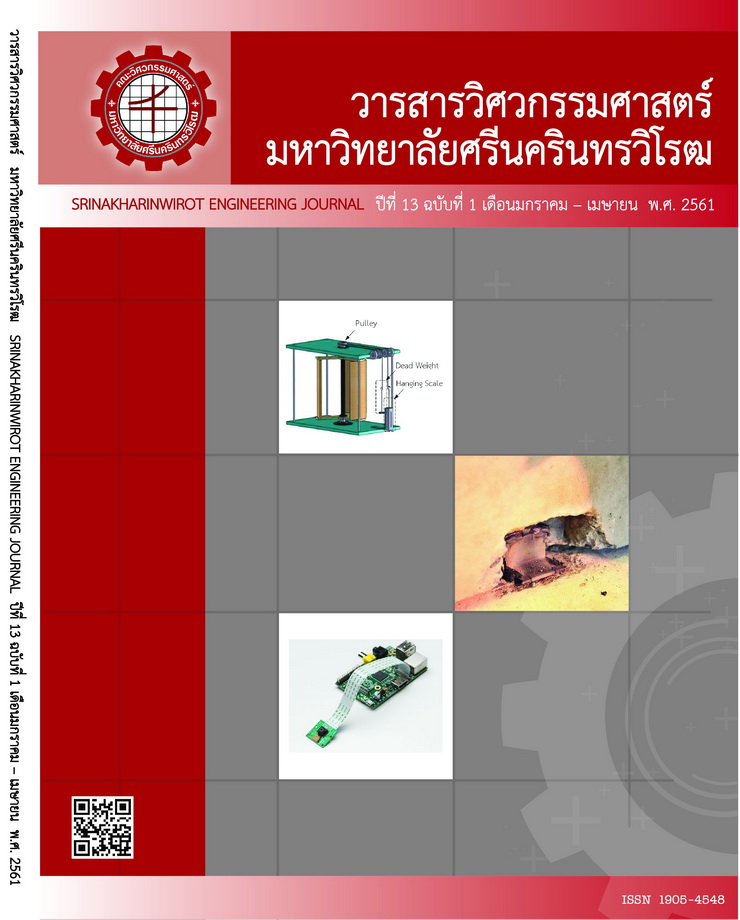A Unique Grid-flux-oriented Control Algorithm for Synchronization and Power Controls of a Doubly-Fed Induction Generator System
Main Article Content
Abstract
This paper presents a synchronization method and the power control by using a grid-flux-oriented control (GFOC) algorithm for a two-level back-to-back converter fed doubly-fed induction generator (DFIG) system. Here, the synchronization process and power control with toque/speed modes of the generator are controlled by a unique rotor current control. Based on the GFOC algorithm for the regulation of the stator magnetizing current, the exciting component of the rotor current is fully controlled, and the variation of the subsynchronous, synchronous, and supersynchronous speed is controlled by the torque component of the rotor current for the stator power control. The excellent performance of the proposed GFOC algorithm with DFIG drive is verified through the simulation results considering the DFIG as connected/disconnected to ac mains, and torque/speed-control modes.
Article Details
Copyright belongs to Srinakharinwirot University Engineering Journal
References
[2] P. Vas, Vector Control of AC Machines. New York, Oxford Univ. Press, 1990.
[3] W. Leonhard, Control of Electrical Drives. Berlin, Springer Verlag 2001.
[4] S. Muller, M. Deicke, and R. W. De Doncker, “Doubly fed induction generator systems for wind turbines,” IEEE Ind. Appl. Mag., vol. 3, pp. 26–33, May/Jun. 2002.
[5] S. Z. Chen, N. C. Cheung,Y. Z., M. Zhang, and X. M. Tang, “Improved grid synchronization control of doubly fed induction generator under unbalanced grid voltage,” IEEE Trans. Energy Convers., vol. 26, no. 3, pp. 799-810, 2011.
[6] B. Wu, Y. Lang, N. Zargari, and S. Kouro, "Doubly fed induction generator based WECS," in Power Conversion and Control of Wind Energy Systems, New Jersey: Wiley-IEEE Press, 2011, pp.480-485.
[7] J. W. Park, K. W. Lee, D. W. Kim, K. S. Lee, and J. S. Park, “Control method of a doubly-fed induction generator with a grid synchronization against parameter variation and encoder position”, in Industry Applications Annual Meeting, New Orleans, LA., 2007, pp. 931-935.
[8] A. G. A. Khalil, D. C. Lee, and S. H. Lee, “Grid connection of doubly-fed induction generators in wind energy conversion system,” in International Power Electronics and Motion Control Conference, Shanghai, 2006, pp. 1-5.
[9] D. Yazdani, M. Pahlevaninezhad, and A. Bakhshai, “Three-phase grid synchronization techniques for grid connected converters in distributed generation systems,” in IEEE International Symposium on Industrial Electronics, Seoul, 2009, pp. 1105- 1110.
[10] K. M. Muttaqi and M. T. Hagh, "A synchronization control technique for soft connection of doubly-fed induction generator based wind turbines to the power grid," in IEEE Industry Applications Society Annual Meeting, Cincinnati, OH, 2017, pp. 1-7.
[11] G. Tapia, G. Santamara, M. Telleria, and A. Susperregui. “Methodology for smooth connection of doubly fed induction generators to the grid”, IEEE Trans. Energy Convers., vol.24, no.4, pp. 959-971, 2009.
[12] R. Pena, R. Cardenas, and G. Asher, “Overview of Control Systems for the Operation of DFIGs in Wind Energy Applications,” in Annual Conference of the IEEE Industrial Electronics Society, Vienna, 2013, pp. 88–95.


